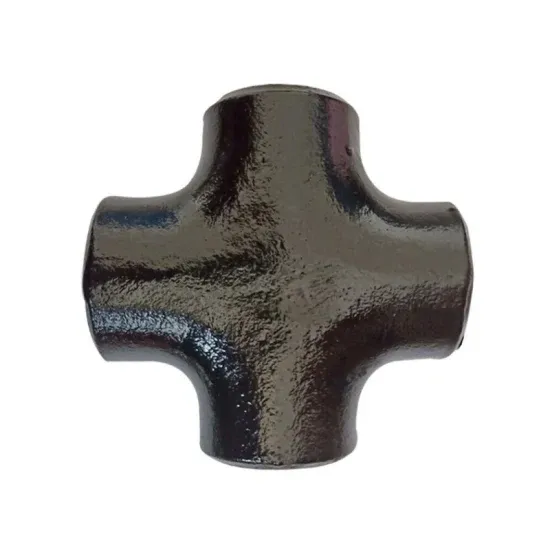-
Cangzhou Yulong Steel Co., Ltd.
-
Phone:
+86 13303177267 -
Email:
admin@ylsteelfittings.com
- English
- Arabic
- Italian
- Spanish
- Portuguese
- German
- kazakh
- Persian
- Greek
- French
- Russian
- Polish
- Thai
- Indonesian
- Vietnamese
- Zulu
- Korean
- Uzbek
- Hindi
- Serbian
- Malay
- Ukrainian
- Gujarati
- Haitian Creole
- hausa
- hawaiian
- Hebrew
- Miao
- Hungarian
- Icelandic
- igbo
- irish
- Japanese
- Javanese
- Kannada
- Khmer
- Rwandese
- Afrikaans
- Albanian
- Amharic
- Armenian
- Azerbaijani
- Basque
- Belarusian
- Bengali
- Bosnian
- Bulgarian
- Catalan
- Cebuano
- China
- China (Taiwan)
- Corsican
- Croatian
- Czech
- Danish
- Esperanto
- Estonian
- Finnish
- Frisian
- Galician
- Georgian
- Kurdish
- Kyrgyz
- Lao
- Latin
- Latvian
- Lithuanian
- Luxembourgish
- Macedonian
- Malgashi
- Malayalam
- Maltese
- Maori
- Marathi
- Mongolian
- Myanmar
- Nepali
- Norwegian
- Norwegian
- Occitan
- Pashto
- Dutch
- Punjabi
- Romanian
- Samoan
- Scottish Gaelic
- Sesotho
- Shona
- Sindhi
- Sinhala
- Slovak
- Slovenian
- Somali
- Sundanese
- Swahili
- Swedish
- Tagalog
- Tajik
- Tamil
- Tatar
- Telugu
- Turkish
- Turkmen
- Urdu
- Uighur
- Welsh
- Bantu
- Yiddish
- Yoruba

Oct . 12, 2024 04:32 Back to list
plate flange standard
Understanding Plate Flange Standards
Plate flanges are crucial components in various industrial applications, particularly in piping systems. They are designed to join two separate sections of pipe or other components securely, ensuring a leak-free connection. As with any standardized component, adherence to established plate flange standards is essential for safety, compatibility, and reliability.
Plate flanges are typically made from materials such as carbon steel, stainless steel, or alloys, which offer different properties suitable for specific environments and applications. The selection of material often depends on factors such as temperature, pressure, and the corrosive nature of the fluids being transported. The standards that govern plate flanges provide specifications on dimensions, materials, and design to ensure that they perform efficiently under varying conditions.
The most recognized standards for plate flanges are published by organizations such as the American National Standards Institute (ANSI), the American Society of Mechanical Engineers (ASME), and the American Petroleum Institute (API). For instance, ANSI/ASME B16.5 is a widely used standard that defines the dimensions and tolerances for pipe flanges and flanged fittings. It specifies the various types of flanges (such as slip-on, weld neck, and socket weld) along with detailed information on their dimensions, bolt holes, and face finishes.
plate flange standard

One of the key aspects of these standards is the classification of pressure ratings. Plate flanges are categorized based on their ability to withstand specific levels of pressure. Commonly used pressure classes include 150, 300, 600, 900, and 1500 psi. Each class is tested to ensure that it can handle the respective pressure without failing. This classification not only affects the design of the flanges but also impacts the selection of bolts and gaskets used in assembly.
In addition to pressure ratings, plate flanges must adhere to certain manufacturing tolerances. This ensures that they can be used interchangeably in piping systems, allowing for ease of installation and maintenance. Properly manufactured flanges also help to reduce the risk of leaks and equipment failures, which can lead to expensive downtimes or hazardous situations.
Moreover, the surface finish of plate flanges is another critical factor defined by standards. A smooth finish is often required for better sealing capabilities, especially when used with gaskets. The choice of finish can also affect the corrosion resistance of the flange, which is particularly important in harsh chemical environments.
In conclusion, adherence to plate flange standards is paramount for ensuring the integrity and safety of piping systems. Understanding these standards aids engineers, designers, and maintenance personnel in making informed decisions when selecting flanges for their applications. By ensuring compliance with recognized standards, industries can maintain operational efficiency, safety, and reliability.
Latest news
-
ANSI 150P SS304 SO FLANGE
NewsFeb.14,2025
-
ASTM A333GR6 STEEL PIPE
NewsJan.20,2025
-
ANSI B16.5 WELDING NECK FLANGE
NewsJan.15,2026
-
ANSI B16.5 SLIP-ON FLANGE
NewsApr.19,2024
-
SABS 1123 FLANGE
NewsJan.15,2025
-
DIN86044 PLATE FLANGE
NewsApr.19,2024
-
DIN2527 BLIND FLANGE
NewsApr.12,2024
-
JIS B2311 Butt-Welding Fittings LR/SR 45°/90° /180°Seamless/Weld
NewsApr.23,2024











